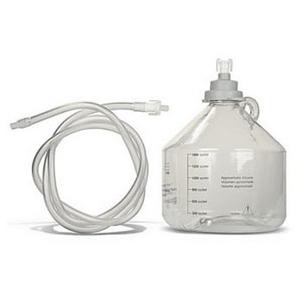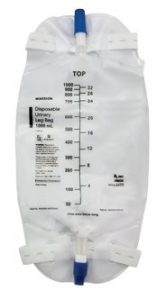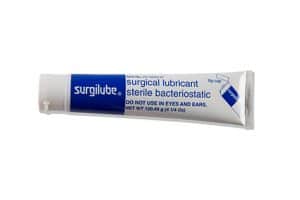Health care providers and hospitals have the best intentions in mind; however, medical errors do occur. If you feel something is wrong, it is crucial to be your own health advocate and speak up. Bringing attention to a potential issue could prevent a future error with another patient. Meena Dhanjal Outlaw suffered a spinal cord injury over 20 years ago that left her significantly paralyzed. Here, she speaks about the importance of being your own health advocate.
All Doctors Are Not Created Equal
When I had my spinal cord injury seventeen years ago, it was evident that the type of medical attention I need is by doctors who understand a spinal cord injury. I lived far away from the rehabilitation facility that practically took care of my needs, so I sought a general physician close to home. Unfortunately, I found that she was not well-versed in treating patients with spinal cord injuries,
I could go to my general physician for common colds and other minor issues. However, I realized she didn’t understand how my body functioned after a spinal cord injury.
For example, every time I had to give a urine sample, she would note that there was bacteria in my urine and instantly say, ‘You have a urinary tract infection.’ and give me a prescription for antibiotics. I already knew from the specialized doctors I had seen thus far that I would only need an antibiotic if I had a fever or unexpected bladder accidents. So to avoid conflict with the doctor, I just never filled the prescription.
It wasn’t easy at times, but if I didn’t speak up for myself, then who will?
Pay Attention to Your Body and Ask Questions
 At one point, I had to call my surgeon when I experienced a post-op problem. The surgeon had placed a port under my shoulder to provide easier access to the type of transfusion that will successfully treat the neuromuscular disease I have in addition to my spinal cord injury, which is called Myasthenia Gravis.
At one point, I had to call my surgeon when I experienced a post-op problem. The surgeon had placed a port under my shoulder to provide easier access to the type of transfusion that will successfully treat the neuromuscular disease I have in addition to my spinal cord injury, which is called Myasthenia Gravis.
I knew there was a problem, considering the amount of blood oozing from where the incision had been made to place the catheter. The nurse in post-op knew that they had missed a stitch. After looking at the wound, the doctor didn’t think it was necessary to put in an extra stitch.
I was in pain the entire weekend after the surgery and felt I was consuming way too much over-the-counter pain medication.
Upon going for my second transfusion, I mentioned to the doctor that I was still in a lot of pain. He dismissed my pain, told me I had a small clot, and redressed the area.
Unfortunately, I felt I couldn’t speak up for myself at that time. However, since then, I spoke with my neurologist, who recommended pain medication. In addition, the doctors will now be keeping a closer eye on this area since I have several more treatments there.
If You are Concerned, Speak Up for Yourself
Self-advocacy isn’t always getting the result you think is necessary for you. Instead, it’s about not being afraid to speak up when necessary. Many people with a disability feel they cannot speak up for themselves because they don’t want to offend the doctor and possibly get more neglectful care.
I look back and wonder if I had spoken up at the time, would that surgeon continue to dismiss me or would I have had a weekend free of pain?
Take Charge and Educate Yourself – Be Your Own Health Advocate
The best form of defense for me as a woman with a spinal cord injury was to educate myself about my own condition. This helped me better take action over my situation and prevent specific problems.
For example, if I took the antibiotics every time the general physician prescribed them to me, my body could’ve become immune to antibiotic treatment. At that point of severity, the only way to treat a UTI would be intravenously in a hospital with a much stronger dose of antibiotics.
Today, I have a general physician who listens to me and is well-versed in treating patients with Myasthenia Gravis and spinal cord injuries. While visiting her means a longer drive, it’s worth it to me because her care is so important.
So to recap:
- Don’t be afraid to speak up.
- Become knowledgeable about your condition so that you know what to do even after leaving a physician with no treatment to remedy your issue.
- Find a doctor that understands
- Don’t be afraid of distance.
- Know your rights as a patient.
For further information on becoming your own health advocate and your rights as a patient, check out this helpful link www.patientadvocate.org, and remember knowledge is power.
Becoming your own health advocate can take time, but as Meena explains in her story, that tremendously helped her. There are many struggles that can come along with a spinal cord injury such as:
- Neurological issues that can lead to loss of bladder or bowel control
- Poor coordination or balance when walking
- Extreme back, neck, and head pain
- Changes in sexual function, sensitivity, and fertility
Being your own health advocate can help you feel more in control of your condition and have more confidence in the decisions you make for your medical care. When you take an active role in your health care, you are more likely to get the resources you need.
At Personally Delivered, we carry home delivery medical supplies for a wide variety of conditions. Whether you are looking for adult disposable diapers, incontinence pads, protective underwear, catheter supplies, or any other medical supplies, we have got you covered. Our friendly, knowledgeable, and caring Product Experts are just a phone call away and ready to assist you in the purchasing process.
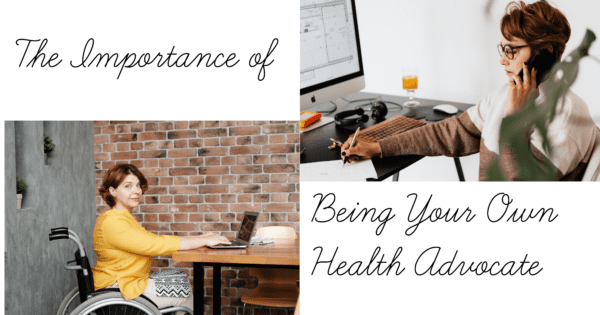







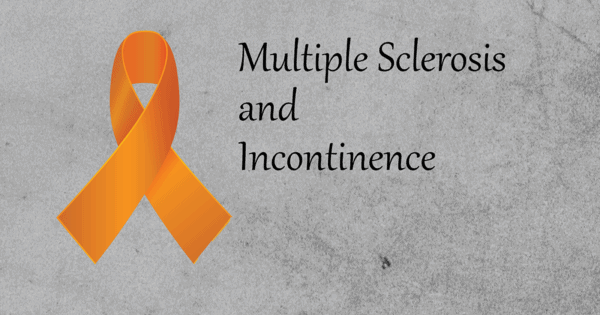







 Yearly mammograms are the best way to detect breast cancer’s early stages when it is easier to treat. The USPSTF recommends women get mammograms at the following ages:
Yearly mammograms are the best way to detect breast cancer’s early stages when it is easier to treat. The USPSTF recommends women get mammograms at the following ages: The American Cancer Society (ACS) recommends people with an average risk for colorectal cancer start regular cancer screenings at age 45. Simultaneously, the U.S. Preventive Services Task Force (USPSTF) advises beginning screening at age 50. Those with an increased risk for colorectal cancer due to family history may need cancer screenings at an earlier age.
The American Cancer Society (ACS) recommends people with an average risk for colorectal cancer start regular cancer screenings at age 45. Simultaneously, the U.S. Preventive Services Task Force (USPSTF) advises beginning screening at age 50. Those with an increased risk for colorectal cancer due to family history may need cancer screenings at an earlier age.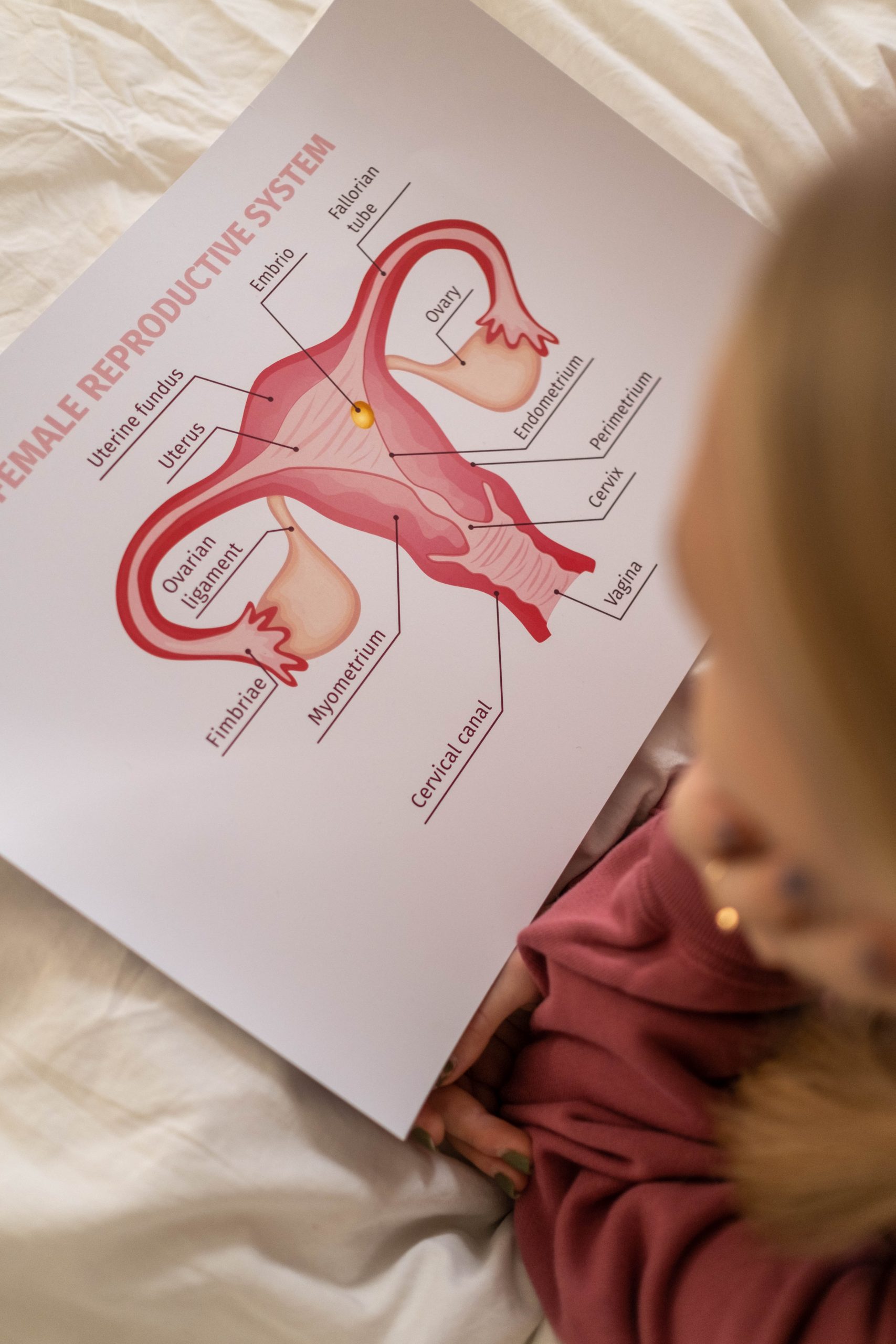 Endometrial cancer forms in the lining of the uterus. Endometrial cancer is often cured by early detection and surgical removal of the uterus. After reaching menopause, women who have abnormal bleeding or spotting should tell their doctors. Your doctor may order cancer screenings to help detect endometrial cancer.
Endometrial cancer forms in the lining of the uterus. Endometrial cancer is often cured by early detection and surgical removal of the uterus. After reaching menopause, women who have abnormal bleeding or spotting should tell their doctors. Your doctor may order cancer screenings to help detect endometrial cancer.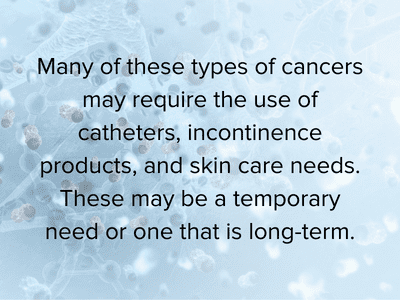


 Bowel Incontinence or fecal incontinence can be very stressful for those who experience it. It can cause emotional distress as well as skin irritation.
Bowel Incontinence or fecal incontinence can be very stressful for those who experience it. It can cause emotional distress as well as skin irritation.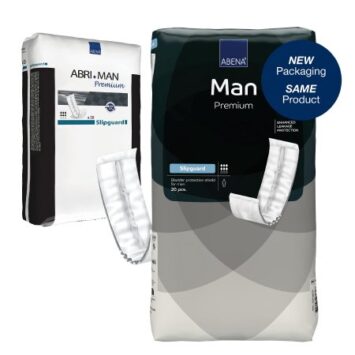

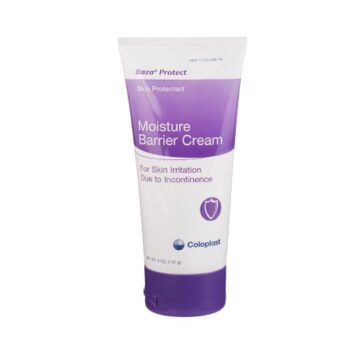
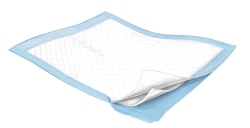
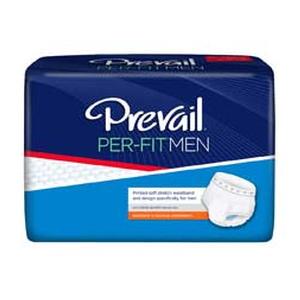

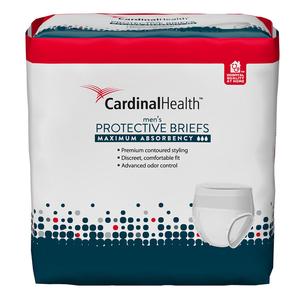


 Later on, when I chose to go back to college, Texas Workforce helped pay for courses and books that I needed. When I got further education to write for teenagers and children, they continued to help me achieve my ultimate goal to be a full-time writer. I chose to work from home, so with their help, I had my office set up with
Later on, when I chose to go back to college, Texas Workforce helped pay for courses and books that I needed. When I got further education to write for teenagers and children, they continued to help me achieve my ultimate goal to be a full-time writer. I chose to work from home, so with their help, I had my office set up with  What I have learned the most throughout my self-discovery journey is that there are some really nice people in the world. One of them I married, and the others are my closest friends. I also found that the more I do, the more respect I gain from those who don’t quite understand my disability from my spinal cord injury. However, what they see is a self-sufficient, strong, confident mother of three who happens to be in a wheelchair.
What I have learned the most throughout my self-discovery journey is that there are some really nice people in the world. One of them I married, and the others are my closest friends. I also found that the more I do, the more respect I gain from those who don’t quite understand my disability from my spinal cord injury. However, what they see is a self-sufficient, strong, confident mother of three who happens to be in a wheelchair.




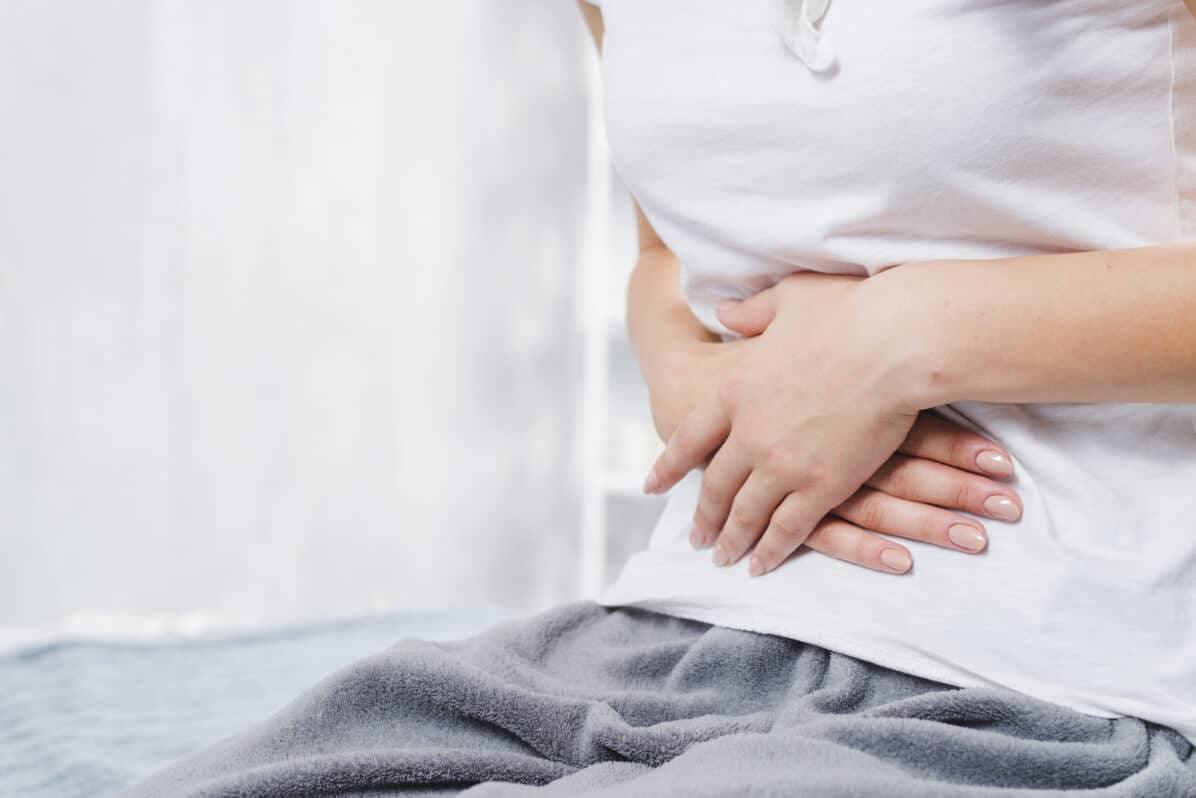 Frequent or urgent urination
Frequent or urgent urination The goal of treatment for pelvic floor disorder is to reduce symptoms and improve quality of life. After your doctor cannot identify the specific cause, your treatment plan’s focus will be managing the symptoms and pain.
The goal of treatment for pelvic floor disorder is to reduce symptoms and improve quality of life. After your doctor cannot identify the specific cause, your treatment plan’s focus will be managing the symptoms and pain. If non-surgical therapies do not resolve your pelvic floor disorder symptoms, or for more complex
If non-surgical therapies do not resolve your pelvic floor disorder symptoms, or for more complex 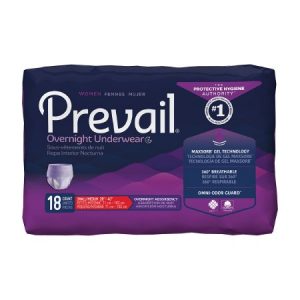
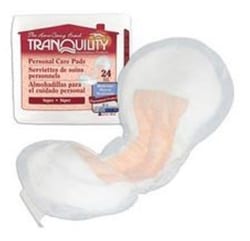



 Please speak to your Personally Delivered Product Advisor or complete our
Please speak to your Personally Delivered Product Advisor or complete our 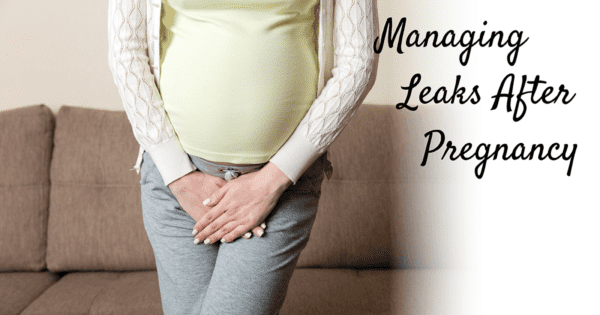
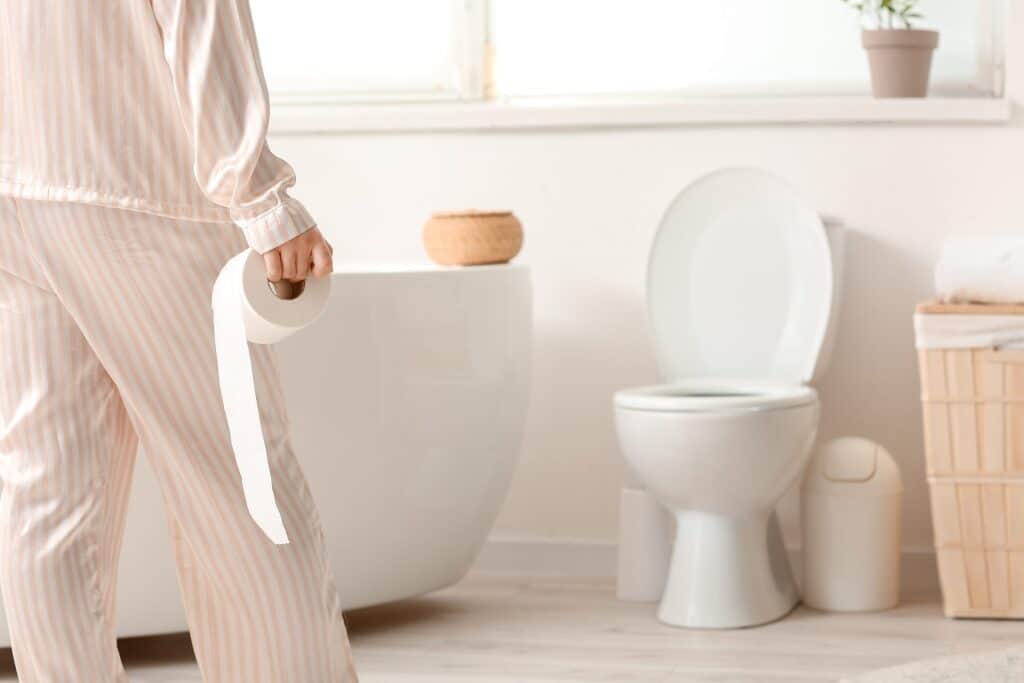

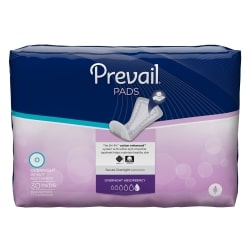
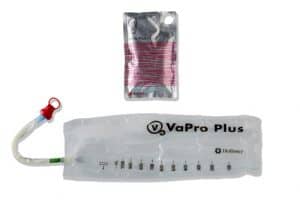
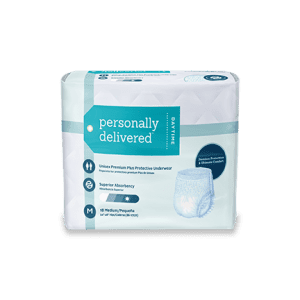



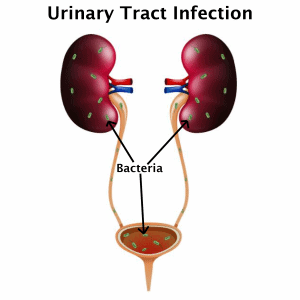

 A
A  Urinary leg bag holders fit like a sleeve that slides up the leg to hold the urinary drainage bag without straps, such as the
Urinary leg bag holders fit like a sleeve that slides up the leg to hold the urinary drainage bag without straps, such as the 

